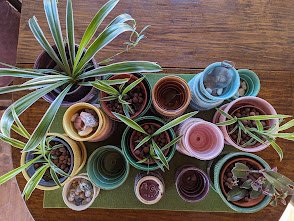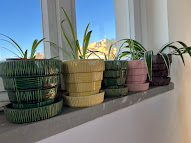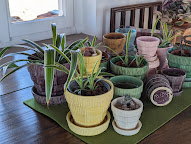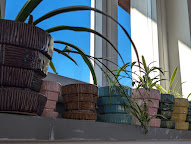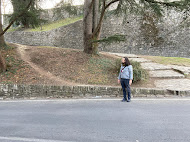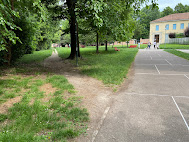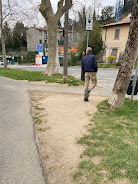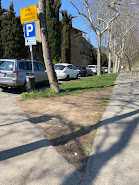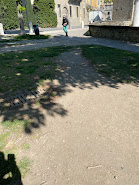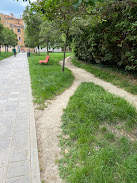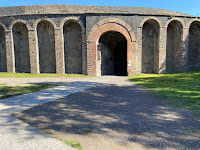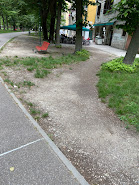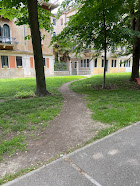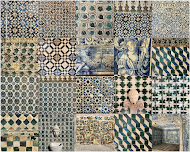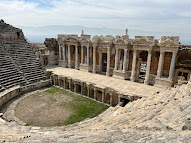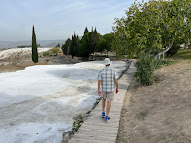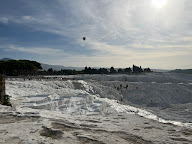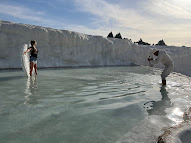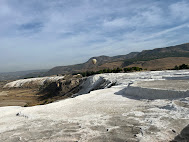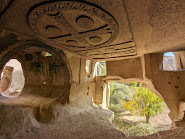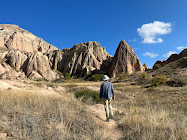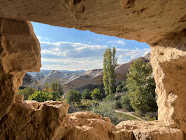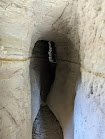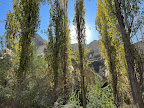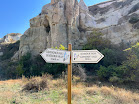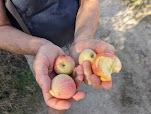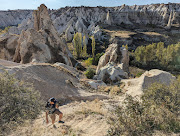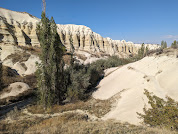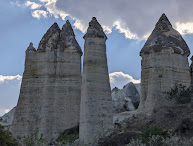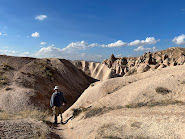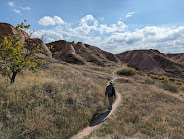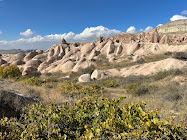AI images about blogging (source).
The following are principles that have guided us in blogging for the last 16 years. We didn't start off with a set of principles in mind, rather, they developed in time. Take what guidance you want from them or in the least get inspired to come up with your own. (You can read “blog” here as “write” in whatever format or platform you choose.)
Blogging Rules of Thumb - Strategic
Blogging Rules of Thumb - Tactical
Set Your Expectations
Unexpected Blog Rewards
Keeping content fresh and thinking about future conversions is probably the furthest thing from your mind if you are just starting off. However, it's worth spending some time thinking about it, in particular how you'll be able to move content form one platform to a future platform.
In early 2023, we started thinking about how to convert blog content (accessible from RSS feeds) into markdown that we could save elsewhere. (In particular, we were targeting our Scrapbook effort as a blog backup.)
We learned a few things to help us with future conversions. Some lessons from this effort include:
The following are principles that have guided us in blogging for the last 16 years. We didn't start off with a set of principles in mind, rather, they developed in time. Take what guidance you want from them or in the least get inspired to come up with your own. (You can read “blog” here as “write” in whatever format or platform you choose.)
Rules of Thumb
Blogging Rules of Thumb - Strategic
- Blog for yourself first and foremost.
- Don't spend too much timing imagining a perceived audience and what will make them happy. What makes you happy is what you should write about.
- The creation process is the point of blogging. Not number of readers or popularity.
- Follow your passion for what you blog about. Follow it to odd extremes and go down different paths.
- Stay away from negativity unless it is constructive and illustrative. Negativity doesn’t age well and is hard to do well and wittily.
- Short posts are okay. If you don't have much to say, don't say much.
- Unique diagrams, photos, and insight are good. Be different. Add value through your uniqueness. Add value by writing about your experiences.
- Think long term about how the blog will age over time. Will a post be a time capsule of interest, remain relevant or be completely uninteresting 50 years from now? What would your writing look like in other contexts (a book e.g.)?
- Connect your blog posts together over time.
Blogging Rules of Thumb - Tactical
- High resolution images are good. The higher the better. Storage is free.
- Use links but don't make the post dependent on them. Links don't last long, i.e., sites disappear and links change surprisingly frequently.
- Try to get as close to the reference material you are using as possible rather than relying on secondary sources. (If you restate Wikipedia often, maybe you should go and join their effort and make their pages better and stop blogging. I should take my own advice.)
- When creating a link don't just say "here", spell out the link name. Think about a printed version of the material: "here" won't make sense.
Set Your Expectations
- If you are a new blogger or an obscure blogger (and most are, including this blog), chances are that few people will read your blog. Not even your friends or family. Screaming into the void? Pissing into the wind? Perhaps. Our blogging theme song could be Birds Fly (A Whisper to A Scream) by the Icicle Works.
- If you are thinking you can make a quick buck on advertising, run the numbers carefully. You have to have a lot of page views. (For example, read about our experience here: Valentine’s Day and I Broke Up with Google AdSense.)
- Unless you are already famous, chances are that your blog will be found when people search for something and come upon your blog and word of mouth or links start happening. (Assuming you don't pay for placement or something like that.)
- Spend a little time and understand how to blog so that search engines can find and understand what you are writing about.
- You will create ugly and beautiful posts. It's hard to know how a post will turn out. Also, it's hard to tell what will be popular (by tallying page views over time). Don't worry, just create.
- Fill out the post metadata like location, and search descriptions. Give good URI names to the posts like "rules-for-blogging.html".
- Publishing your blog content in our social media can help bring in readers. It's not something we've done with this blog.
Unexpected Blog Rewards
- A blog is a handy reference to look up things you did, said or discovered. We can't tell you the number of times we use our own blog for looking up things we've done.
- A blog is handy to send to friends asking for advice on something you covered in a blog. Again, numerous times we've sent links to our blog about how to do something or something we did (usually travel-related).
Content Freshness
In early 2023, we started thinking about how to convert blog content (accessible from RSS feeds) into markdown that we could save elsewhere. (In particular, we were targeting our Scrapbook effort as a blog backup.)
We learned a few things to help us with future conversions. Some lessons from this effort include:
1) Links to websites (besides Wikipedia) don't endure particularly long. We found many broken links in our old posts.
2) Linking to other images breaks when image names change. Redirects are almost never in place.
3) Formatting styles change in time. There will always be some time needed for "conversion" or "curation". To lessen the burden, consider the following:
4) Don't’ skimp on images.
5) Add yourself, add little easter eggs.
- Lesson: If necessary, take a screenshot of the website to show it, especially if it’s an obscure site. Sounds stupid to do but think 10-20 years in the future. Or create a PDF of the site.
- Lesson: Museum websites always change (and don't put redirects). If you must link, Wikipedia is a better choice.
- Lesson: When linking to a website, don't link deep into the site. Link just the main page.
2) Linking to other images breaks when image names change. Redirects are almost never in place.
- Lesson: Always copy the image and give credit if necessary.
3) Formatting styles change in time. There will always be some time needed for "conversion" or "curation". To lessen the burden, consider the following:
- Lesson: Go easy on links. It's okay not to hyperlink everything. Don't set target attributes.
- Lesson: Avoid weird formatting like coloring (when not necessary) or spans or complicated HTML.
- Lesson: Check the HTML and make sure it's as simple as possible (for future conversions).
- Lesson: Be careful copying from Word or other sources as they can introduce formatting you may not want.
4) Don't’ skimp on images.
- Lesson: Blog posts without at least one image are kind of boring. At least, when we looked back at old posts with no images, that was our first feeling.
- Lesson: Always add at least one image and use your own images whenever possible.
- Lesson: If an image isn’t readily available, have fun with the AI image generators? How well can you describe your blog to create an image to match? Examples are included in this post.
5) Add yourself, add little easter eggs.
- Lesson: Put your thoughts and some "color" of the moment in your life that you are writing the post. It's a joy to read some thoughts you had no matter how silly from way back.
.jpeg)
.jpeg)
.jpeg)

